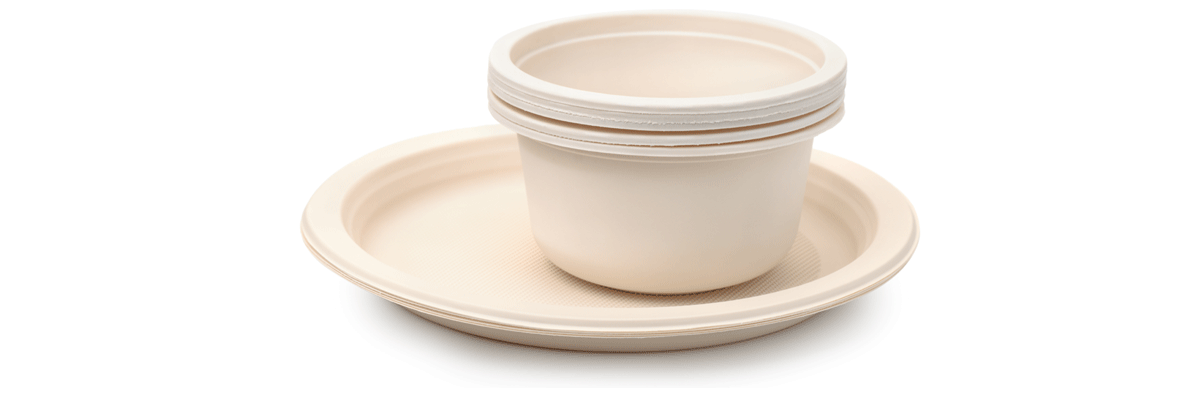Biodegradable plastics are plastics degraded by microorganisms into water, carbon dioxide (or methane) and biomass under specified conditions. To guide consumers in their decision-making and give them confidence in a plastic’s biodegradability, universal standards have been implemented, new materials have been developed, and a compostable logo has been introduced.
Properties
Biodegradable plastics can be applied in a range of useful ways. They can be foamed into packing materials, extruded, and injection-moulded in modified conventional machines. Different types of fillers can be used with the system, such as wood flour, lime, clay, or waste paper. The fillers can be coloured and also used in various granulation sizes to change the material´s external appearance. The material can be co-injected with other plastic materials such as LDPE, PP, and HDPE. The co-injection process deposits a thin film of plastic material over the top of the biodegradable plastic. This yields a completely biodegradable item that is cheaper than conventional plastic materials, completely waterproof, and coloured to match conventional plastic materials. There are two classes of biodegradable plastics:
-
Bioplastics, whose components are derived from renewable raw materials
-
Plastics made from petrochemicals with biodegradable additives that enhance biodegradation.
Applications
Biodegradable plastics offer an ideal solution in many single- or short-term use applications:
-
Organic waste collection and diversion.
-
Agricultural and horticultural sectors (for example, as mulch-films or plant pots).
-
Food packaging.
-
Disposable tableware.
View papers
- Biodegradable plastics (July 2017)
- Mechanical and organic recycling (July 2017)
Factsheets
- Biodegradable plastics (July 2017)
- Degradable plastics (2013)
For more information, see: www.european-bioplastics.org








